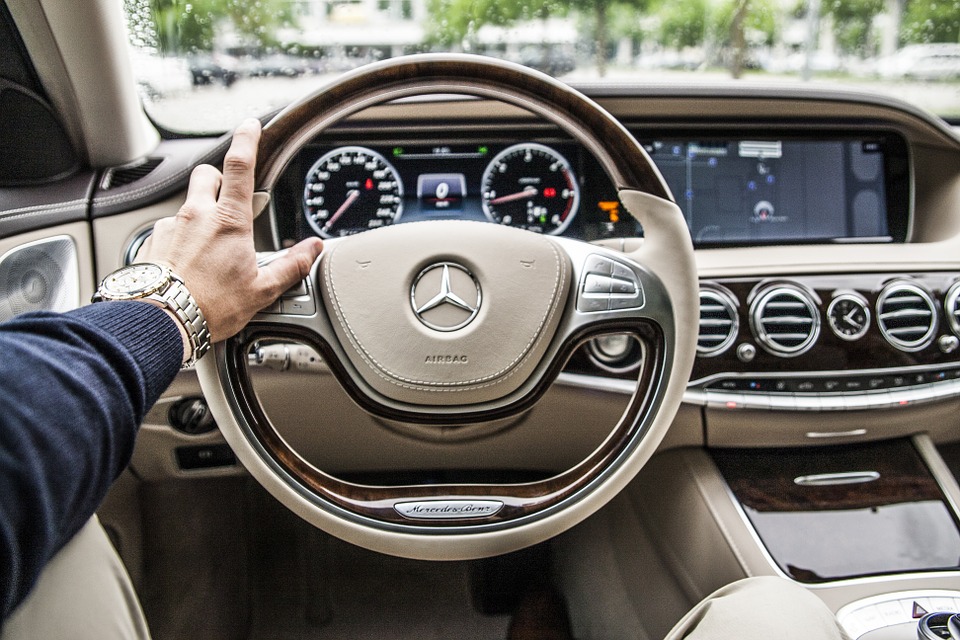
Reports indicate that more than US$120 billion is flowing through the mobile application ecosystem. About half of that is generated by game companies and venture-backed unicorns; the other half from small and medium-sized businesses.
Venture money doesn’t reach those companies, the ones who build mobile apps that sell for 99 cents, or that offer a free download for the app and hope to get users to buy additional features or (in a move that smacks of playing both ends against the middle) pay to remove ads. These smaller companies often find it hard to raise the capital they need to market their apps, and themselves, due to restrictive underwriting that favors the bigger players.
Mark Loranger and Sergei Kovalenko are hoping to fill that critical funding gap with their new startup, called Aprenita, which offers a new way for mobile app developers to get the funding they need to grow.
(Related: NVIDIA is working on an autonomous system for cars)
“We think of it as Capital-as-a-Service for mobile app developers,” Loranger told me recently. “In order to grow, they need to invest in marketing.” Hasn’t that always been the case for business?
Aprenita is building a unique automated system that pulls data by integrating across a company’s BI tools (its bookkeeping system, app store results, and analytics, to name a few) and building a model around the characteristics of the application portfolio to determine where the business is going and whether lending it money would be a good investment.
On the other side of that coin, Loranger said, “For every dollar they spend, they’ll see the return if their analytics are set up right. We’ll know if they’re spending effectively, and they’ll know if their borrowing makes sense. It’s capital as needed with clear returns for us and the customer.”
To do this, Aprenita has created business rules that drive the algorithmic system to make decisions based on the data. “The rules can be tweaked over time. If we see a potential customer that we think is a good fit,” even if the data doesn’t support it, “we can tweak the rule,” he said. “There is a human element.”
Driving out of our hands
Ah, the human element. For now, we’re in control of our environments—but likely not for long. And some of it is downright dangerous.
My 16-year-old daughter recently applied for her learner’s driving permit, and an entire chapter of the manual was dedicated to distracted driving. Yet so much gadgetry is being put in cars these days that it’s almost impossible not to get distracted while operating a vehicle. Sensors beep, navigational concierges speak to you about hazards that don’t actually exist (I constantly am told to slow down in an area near my home because of a detected speed camera that isn’t there!). Not to mention the allure of hundreds of satellite radio stations, the Bluetooth connectivity of your phone that allows you to make calls and to hear and verbally respond to texts, the constant beeping of the “blind spot indicators” in the side-view mirrors—the list goes on and on. And I haven’t even touched on the drivers who post Facebook photos and selfies from the road while they’re driving!
So I was dismayed to read this month about a joint venture between Microsoft, the Harman entertainment system company and automotive manufacturers that will bring the Office 365 productivity suite into your car’s entertainment hub. Imagine not only responding to phone texts and calls, but soon you can have your e-mail read to you, and likely be able to respond to it verbally.
Imagine driving to work and getting an e-mail saying the company is laying off half its workforce—and you not knowing which half you’re in! I don’t’ know about you, but “distracted” only scratches the surface of what I would be after receiving that news.
What we’re doing in the automotive space is furnishing the apartment before the foundation has been laid. First, make the car truly autonomous, then put in all the gadgets you want. Once the car can drive itself, the former driver can dedicate his full attention to his playlist, his messages and his e-mails. Heck, he can even read a spreadsheet or create a PowerPoint while riding to work. No risk to other drivers there!
But until then, and as long as drivers need to drive first and foremost, can we please hold off on adding any more gadgets to our cars?






